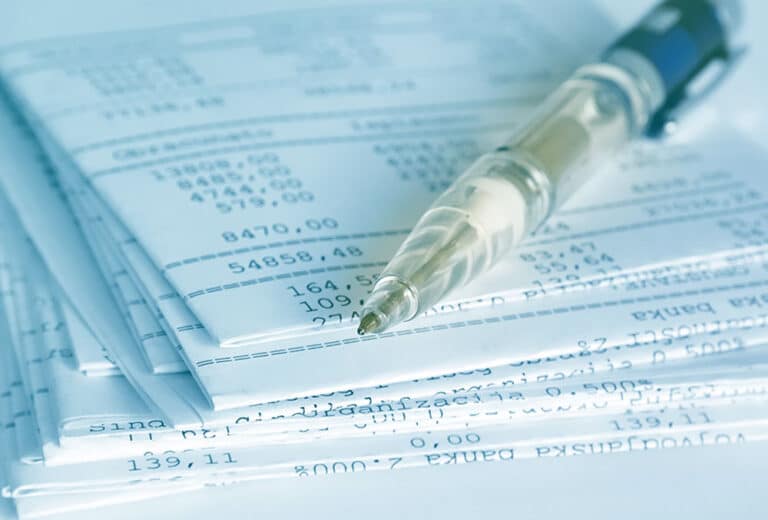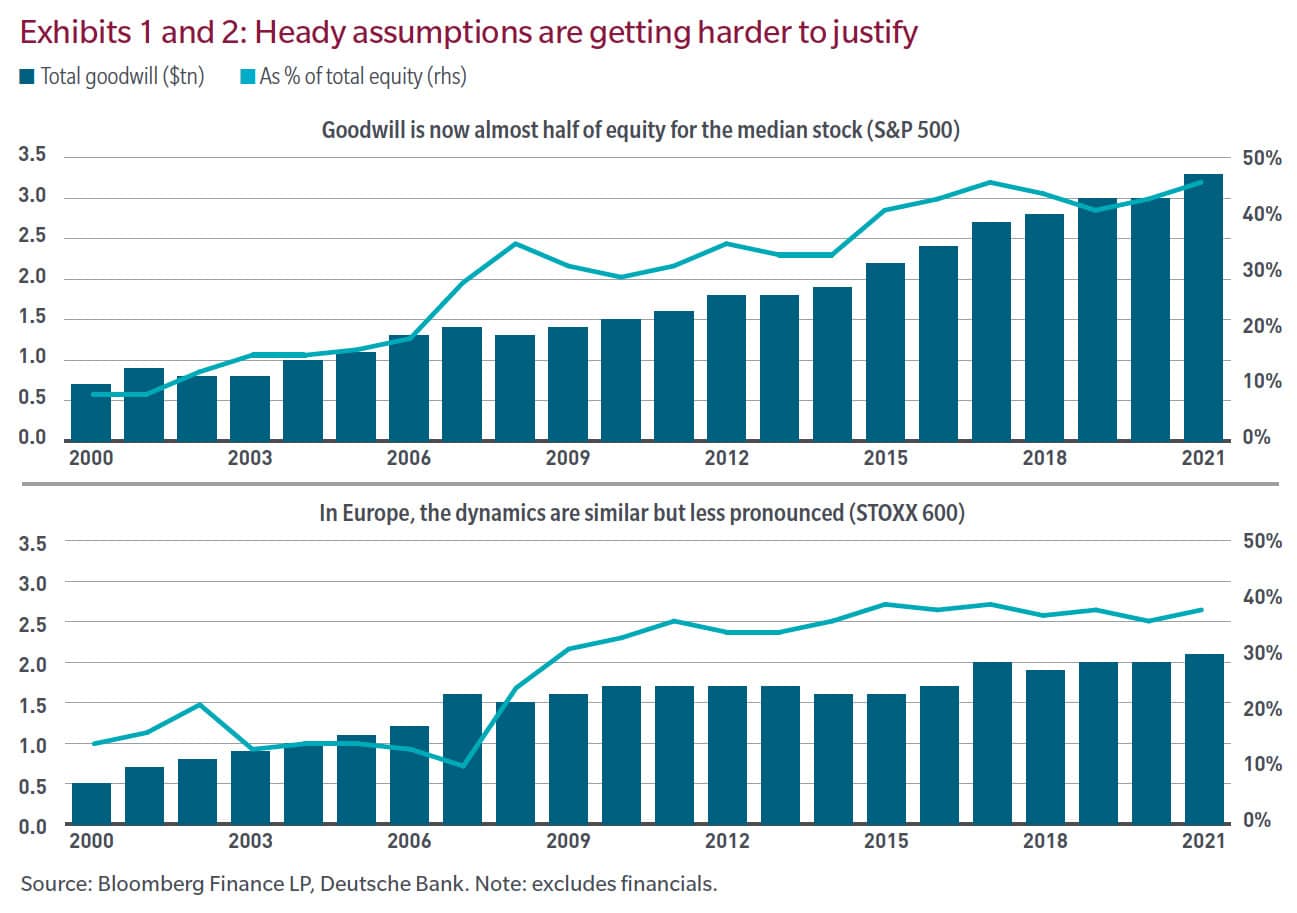
-
While financial crises are often similar, the excesses of each cycle are unique.
-
Today’s excesses resulted from central bank policies designed to counter an extended period of slow growth and low inflation.
-
Amid weakening demand and contracting margins, corporate balance sheets appear increasingly vulnerable.
Financial market crises tend to feel similar as they usually cause a broad de-rating in valuations. In truth, however, if you’ve seen one financial crisis then you’ve seen one. They’re all different. What they have in common is that they all correct excesses built over time, but the excesses are unique to each cycle.
For example, while the pandemic lockdowns in early-2020 were the spark that lit the market’s fuse, the tinder was years of accumulated corporate debt and balance sheet vulnerabilities. The global financial crisis of 2008 was the market rebalancing years of excessive loans taken on by American households and repackaged into securities that were bought by global financial institutions. The recession and capital losses following the late-1990s technology and telecommunications bubble was a rebalancing of excessive investment that wildly exceeded the economy’s needs.
A common assumption about crises though, whether they are economic, currency, stock, bond, residential real estate, etc., are that they are functions of too much debt. That is only partially true. While financial leverage is typically associated with crises dating back centuries, debt only becomes a problem when it can’t be paid back. When income or collateral used to support the debt goes awry, it’s the mismatch between assets and liabilities that creates chaos. Falling collateral values or a collapse in income causes lenders to require additional collateral or repayment of the loan which leads to a vicious cycle of forced liquidations, usually at an inopportune time, and a financial market crisis unfolds.
How does this relate to today?
One of the labels used to describe the post-2008 business expansion was “secular stagnation.” That’s economist-speak for a weak-growth, low-inflation period brought on by savings exceeding capital investment. During the underwhelming economic recovery of the 2010s, this increasing glut of savings by households and companies fueled deflation fears among global central bankers and prompted quantitative easing.
Also read: Fixed Income Has Highest Inflow As ETF Value Falls
As savers were deprived of yield, it pushed their capital into the public and private debt markets for return. However, due to the weak economic environment, demand for capital was low. The economy was signaling to companies to remain defensive rather than invest in new projects or productive resources. This imbalance between lenders with money to put to work and uninterested borrowers pushed corporate bond yields to uniquely low levels. Something had to give.
Supply created its own demand. Corporate borrowing costs became too attractive to ignore. The result was a historic issuance of public and private corporate debt and sky-rocketing leverage ratios as companies sought to enhance shareholder return through acquisitions, stock repurchases and larger dividend payouts. The result of increasing financial leverage was inflated risk assets, while the real economy was left behind. As referenced earlier, it’s not the level of debt that matters, but the relationship between assets and liabilities.
Lower income and write offs
Today, growth is fading and recessionary risks are rising globally. Weakening end demand, resulting in lower revenues and building inventories, alongside rising capital and labor costs, are applying margin pressure. Over the past several weeks, several high-profile companies have reduced margin guidance, and we expect this to accelerate. Following years of high financial leverage, the combination of falling income and high fixed liabilities will create strains on balance sheets.
Debt-financed acquisitions were a material source of growth for companies during the stagnation era and throughout the post-lockdown period. And in 2022, publicly-traded securities ranging from AAA-rated government bonds to equities have devalued because the yield offered by risk-free assets is no longer at or below zero. Given the de-rating observed in publicly traded financial assets this year, we should expect something comparable among private market assets. Away from the obvious risks to leveraged private debt portfolios and so forth, this could create a feedback loop that impacts publicly-traded assets as well.
With technology creating so much innovation and disruption and borrowing costs in a multi-decade decline, it’s not surprising that goodwill on corporate balance sheets, an intangible asset created when one company acquires another for a price greater than its net asset value, has risen steadily over the past 20 years. As a percentage of shareholder’s equity, it’s ballooned to nearly 50% in the United States and to over 40% in Europe.
Like private assets, the values assigned to goodwill are based on assumptions, and in the case of goodwill, those assumptions were often quite rosy and will likely need to be corrected. It’s not just lower margins and profits that pose a risk, but the prospects for asset write offs that will impact asset/liability ratios and balance sheet inversions (ones where the value of a company’s assets are inversely correlated with its liabilities.)
Conclusion
We’ve long held the view that balance sheets were vulnerable, pre-COVID. While the 2020 drawdown should have been part of the corrective process, it wasn’t. With global recession risks growing and costs rising, we think corporate income is poised to underwhelm. In addition, goodwill associated with acquisitions will need to be marked lower while, at the same time, liabilities are higher due to exceptionally loose central bank policies in 2020.
Against that backdrop, it’s important to do your fundamental homework and to be on the lookout for inverted balance sheets.

































